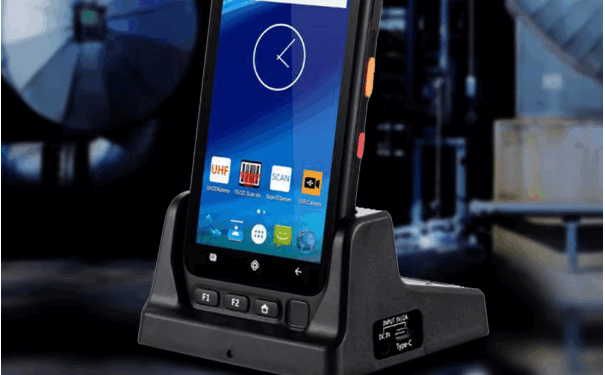In industries such as oil and gas, chemical processing, mining, and other hazardous environments, safety is of paramount importance. One of the primary risks in these industries is the possibility of ignition, which can lead to devastating explosions.
A simple spark from a standard mobile phone can trigger catastrophic consequences in environments where flammable gases or dust are present. This is where ATEX phones play a crucial role in ensuring safety and preventing ignition in these dangerous areas
Understanding ATEX Certification
ATEX refers to the EU directive for equipment used in explosive atmospheres. Devices with ATEX certification meet safety standards to prevent ignition in hazardous areas. These phones are “intrinsically safe,” designed to avoid sparking or generating heat that could ignite flammable gases or dust, ensuring worker safety in high-risk environments.
The Risk of Ignition in Hazardous Areas
In explosive environments, the risk of ignition is significant. Flammable gases, vapors, or combustible dust are often present in these areas, and any source of heat or spark can trigger an explosion. While electrical equipment is necessary for communication and work processes in these environments, it can also be a potential ignition source if not properly designed.
Standard smartphones and other electrical devices may generate heat or sparks when in use, and these small occurrences can easily lead to an ignition in an environment where volatile substances are present.
This is where ATEX phones come in. Unlike regular mobile phones, these phones are designed to prevent the ignition of any hazardous substance in the surrounding atmosphere. ATEX phones are equipped with special features that reduce the risk of heat buildup or sparking, ensuring that they are safe to use in explosive environments.
How ATEX Phones Prevent Ignition in Hazardous Areas
ATEX phones are specially designed to ensure safety in hazardous environments where the risk of ignition is high. These environments, such as oil and gas fields, chemical plants, and mines, contain flammable gases or dust, making it essential for devices like mobile phones to be safe from causing sparks or heat. Here’s how ATEX phones prevent ignition:
1. Intrinsic Safety Design
The core feature of an ATEX phone is its intrinsic safety design. These phones are built with non-sparking materials and insulated internal components to prevent accidental energy discharge. The battery is designed to minimize the risk of overheating or short-circuiting, ensuring the phone won’t trigger an explosion even under extreme conditions.
2. Reduced Power Output
ATEX phones have reduced power output compared to regular devices. Standard phones can generate electrical arcs that could ignite a hazardous atmosphere. ATEX phones are engineered to lower the power output, preventing them from producing sparks, which is crucial in preventing ignition in explosive environments.
3. Sealed and Rugged Construction
These phones are built to be rugged and sealed against dust, moisture, and contaminants that could compromise their safety. Their tough exterior protects the internal components from electrical shorts or malfunctions that might create sparks. ATEX phones are also shock-resistant, ensuring they can withstand physical impacts common in demanding environments.
4. ATEX Zone Classification
ATEX phones are classified according to specific hazard zones, indicating the level of risk in different environments. For example, phones designed for Zone 0 areas—where explosive atmospheres are constant—have stricter safety features than those for Zone 2, where hazardous conditions may occur less frequently. The ATEX certification labels help ensure the right device is used for the corresponding risk level.
5. Enhanced Communication in Hazardous Areas
ATEX phones enable secure communication in hazardous environments, ensuring that workers can stay connected without fear of triggering an explosion. With features like 4G connectivity, cameras, and data capture tools, these phones support real-time communication and improve productivity while maintaining safety as the priority.
Conclusion
ATEX phones ensure safety in hazardous environments by preventing ignition and explosions. With intrinsic safety design, sealed construction, and strict standards, they enable secure communication in industries like oil, gas, mining, and chemical processing, safeguarding workers, equipment, and operations.
For more information on how ATEX phones can help prevent ignition in hazardous areas, be sure to explore the available options in the market.





